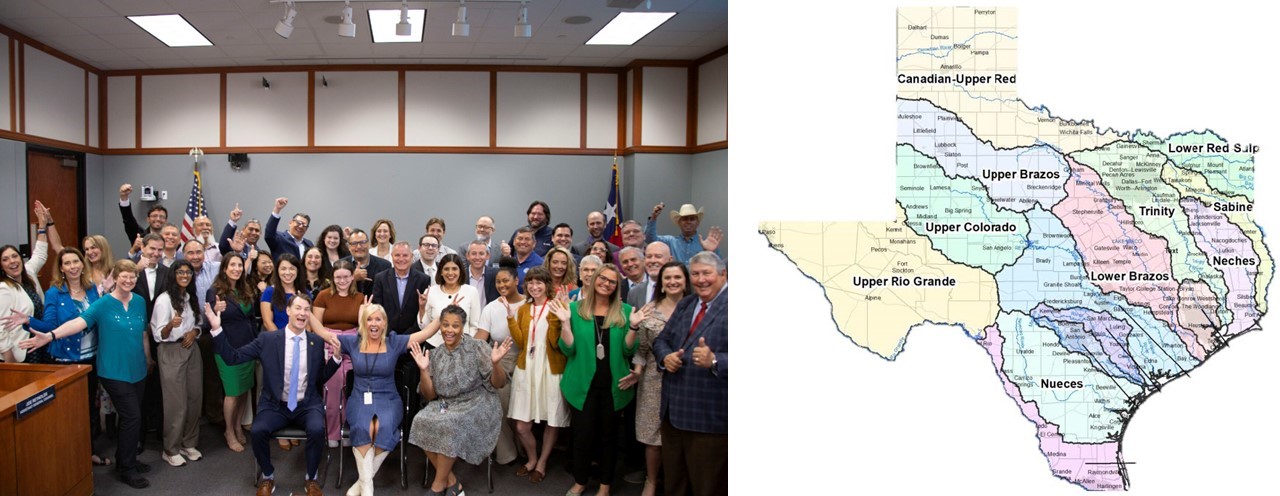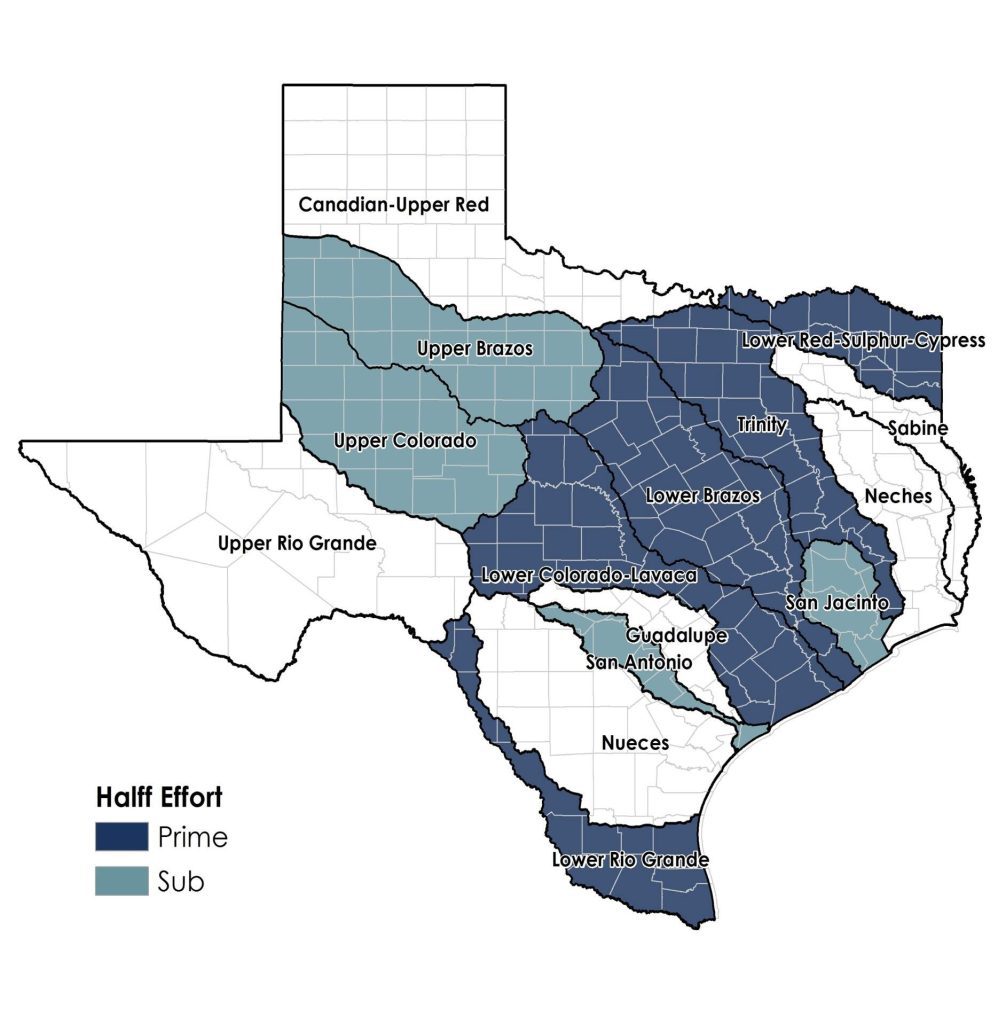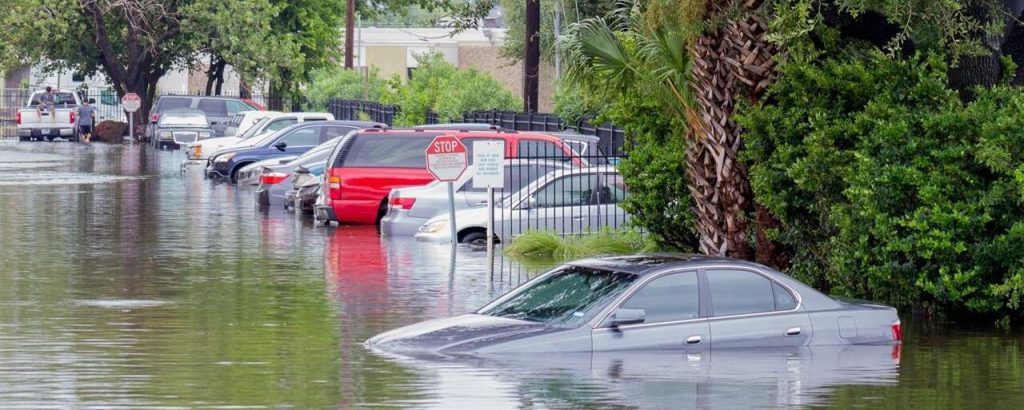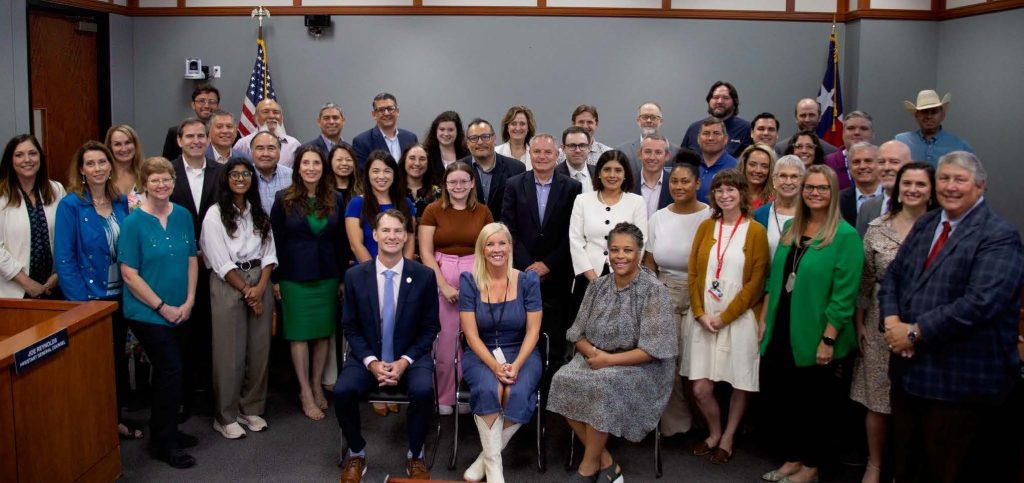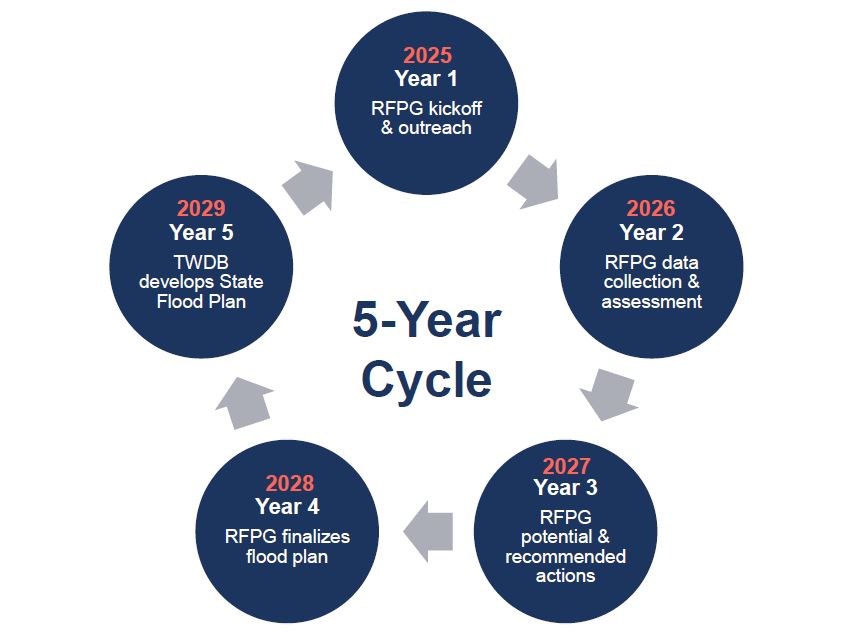Charting New Courses With Texas’ Regional Flood Plans
Texas is making significant—and historical—strides in flood preparedness with its regional flood planning program.
Halff has worked on nine of the 15 regional flood plans, helping develop these first-ever regional flood plans. The actions recommended will better safeguard communities and bolster flood risk awareness.
These plans usher in a new era of proactive flood risk management for communities across the state. Read on to learn more about the future of Texas’ first State Flood Plan!
Jump to Section:
Background on Regional Flood Planning
In 2019, the Texas Legislature passed Senate Bill 8 (SB-8) that provided the framework and funding for the first regional and state flood plans.
The Texas Water Development Board (TWDB) is the agency responsible for overseeing the flood planning program. The program follows a 5-year cycle whereby the plans are reviewed and updated:
-
-
- The regional flood planning groups (RFPGs) typically have four years to prepare their regional flood plans.
- The TWDB then has about one year to incorporate the 15 regional plans into the state flood plan.
-
Halff participated as the prime consultant or subconsultant in more than half of the regions (Halff effort map of RFPGs).
The regional flood planning program follows a similar process that TWDB has used for water supply planning for more than 25 years. These regional flood plans are developed with important local insight and information, reflecting the unique challenges in those regions.
Water vs. Flood Planning
While water planning focuses on managing water resources, flood planning prioritizes mitigating and reducing flood risks and their devastating consequences. It involves proactive measures that safeguard lives and property, minimize infrastructure damage and improve community resilience in the face of potential floods.
Helpful Terminology of Planning Activities
The program incorporates various flood management actions to achieve its goals to protect people and property. Let’s delve into some key terminology:
-
-
- Flood Management Evaluations (FMEs): FMEs are studies, such as drainage master plans and watershed studies, that provide valuable insights for addressing flooding. They assess existing flood risks and vulnerabilities within a region. FMEs identify flood risk areas, root causes and measures to reduce flood risk.
- Flood Mitigation Projects (FMPs): FMPs are just that—projects. They represent the tangible actions taken to address flood risks. Examples include infrastructure improvements (channels, ditches, pipes, etc.), acquisition of flood-prone properties and regional detention.
- Flood Management Strategies (FMS): FMSs are flood actions that are not studies or projects. They encompass various measures like education and outreach, flood measurement and warning, and regulatory and guidance.
-
Landmark Achievement: Cycle 1 Approvals
The TWDB Board of Directors approved the 2023 Regional Flood Plans on July 25, 2023.
A significant milestone was achieved on July 25, 2023, with the approval of the first-ever 2023 Regional Flood Plans.
These plans were amended and approved by TWDB in March 2024 to incorporate over 4,600 actions with an estimated cost of $54.6 billion. This feat represents a collective effort to identify flood risk and enhance flood resilience across Texas.
The TWDB is currently consolidating these 15 regional plans into a single, unified State Flood Plan. This comprehensive document, scheduled for delivery to the Texas Legislature by Sept. 1, 2024, serves as a roadmap for statewide flood risk reduction.
Halff’s Impact
Success was made possible with an abundance of creativity, collective experiences and consistent messaging.
As the prime consultant in five regions and subconsultant in four regions (nine total regions), Halff’s project managers streamlined efficiency and provided consistency in all of the flood plans. Halff’s GIS team sought proactive clarification for various TWDB-required data tables and geodatabases.
Halff’s engineers, GIS specialists and planners worked in unison and leveraged their collective experience to develop unique regional flood plans that complied with the TWDB requirements. Halff has established trusted relationships with key TWDB staff, which allowed effective communication and guidance that kept all regions aligned.
Halff’s proactive approach ultimately minimized revisions and created a smoother integration into the State Flood Plan.
Upcoming Planning Cycle: 2024-2029
The second cycle of regional flood planning is anticipated to begin in Fall 2024, continuing the 5-year planning cycle.
The second cycle of planning will involve additional data collection, performance of FMEs, comparison to the 2023 plans, and updating existing plans to reflect the local needs in a dynamic environment.
As Texas prepares to embark on the second 5-year regional flood planning cycle (late 2024-2029), several key activities are on the horizon. This cycle will build upon the lessons learned from the initial phase, incorporating feedback and data to refine flood planning strategies.
A Resilient Future in Texas Flood Planning
The regional flood planning program is bolstered by a crucial piece of legislation enacted in 2019: Senate Bill 7 (SB-7). SB-7 established the Flood Infrastructure Fund (FIF) to provide grants and low-interest loans for communities to implement the recommended actions in the regional flood plans.
SB-7 established the with a targeted allocation of $375 million for the 2024-2025 fiscal year. This dedicated funding provides critical resources for flood management studies, projects and other strategies outlined in the regional and state flood plans.
The FIF allocation demonstrates the state’s commitment to enhancing its flood resilience through sustained financial investment.
Communication and Data Management
Throughout the planning process, transparency and open communication are paramount. The program adheres to the Texas Open Meetings Act, providing public participation opportunities through public meetings, surveys and social media engagement.
Data management plays a crucial role in effective flood planning. The program utilizes a comprehensive data management system with plan components, file formats, tables and maps, checklists, models and geodatabases. This robust system fosters informed decision-making and facilitates project implementation.
Empowering Local Entities
The regional flood planning program encourages local entities to participate in the flood planning process. Local entity knowledge of their flood-prone areas must be incorporated into the regional flood plan to develop a plan that reflects the region’s flood risk. This local insight is crucial to regional flood planning.
Why it’s important: These actions must be included in the regional and state flood plans for the entity to be eligible to apply for FIF funding to advance its FME, FMP or FMS. The local entity is then responsible for implementing the recommended actions in the regional and state flood plans.
Successful execution of crucial flood risk reduction projects ultimately enhances the resilience of communities across Texas—it improves lives and communities.
By changing the trajectory of flood preparedness, this regional flood planning program paves the way for a safer and more resilient future for all Texans.
Need expert help with your flood plan programs? Our water resources engineers bring years of experience on drainage, stormwater and flood plans with varying complexities. Halff has nearly 200 Water Resource and GIS professionals and more than 100 Certified Floodplain Managers.
Let Halff help you take the first step contacting Director of Water Resources Stephanie Griffin, PE, CFM, F.SAME (sGriffin@halff.com) or Water Resources Deputy Practice Leader Cindy Engelhardt, PE, CFM (cEngelhardt@halff.com).

